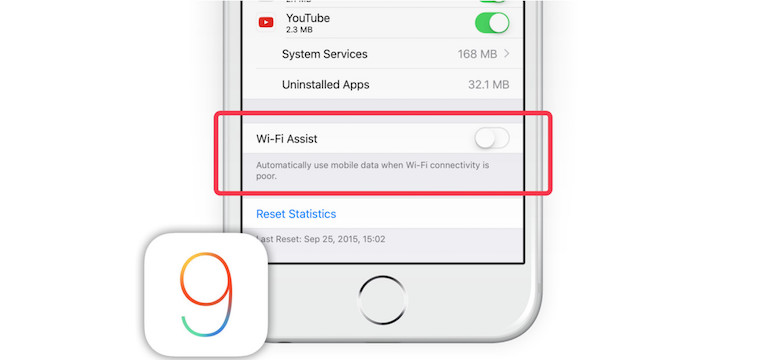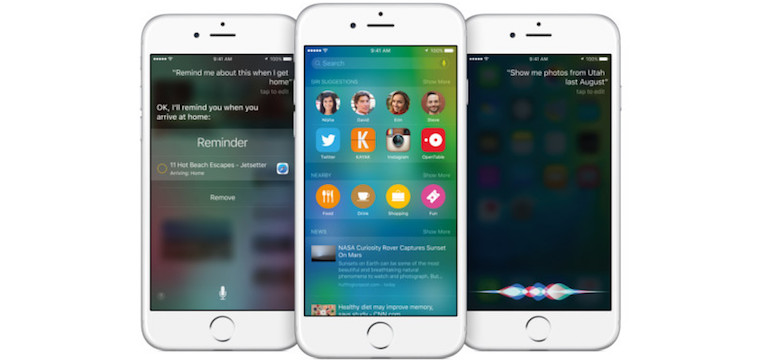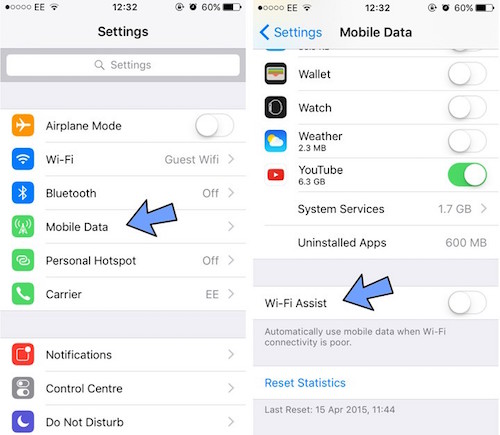Class-Action Lawsuit Against Apple Over iOS 9’s Wi-Fi Assist Feature

Toggle Dark Mode
Out of all the new and exciting software enhancements brought to you by iOS 9, one that received its fair share of scrutiny from day one is the Wi-Fi Assist feature. Intended to help users maintain a strong connection to the internet, Wi-Fi Assist kicks in when your router signal is low, drawing a data connection from the data pool provided you by your wireless carrier.

Helpful it may be, however, a considerable number of wireless subscribers aren’t enrolled in a plan that offers an unlimited data supply. To that end, although some preliminary articles expressed how Wi-Fi Assist actually works, and, although Apple went so far as to clarify the feature, for some — it was too little, too late.
As first reported by AppleInsider, the Cupertino tech giant was hit with a class-action lawsuit on Friday in the state of California. The plaintiffs, William Scott Phillips and Suzanne Schmidt Phillips, allege that, because of costs related to data overages due to the Wi-Fi Assist feature, the “overall amount in controversy exceeds” $5 million in data.
The suit claims that Apple did not do a “thorough enough job of explaining what Wi-Fi Assist is, or how it works,” and that the company updated its own website to better explain Wi-Fi Assist only after the internet swelled with articles lambasting the feature for how it truly works.
“Defendant’s above corrective action, however, still downplays the possible data overcharges a user could incur. Reasonable and average consumers use their iPhones for streaming of music, videos, and running various applications — all of which can use significant data. Defendant’s corrective statement does not disclose any basis for its conclusion that an average consumer would not see much increase in cellular usage.”
The plaintiffs, according to the lawsuit, did incur overages to their cell phone bill due to Wi-Fi Assist. However, it is unknown just how much the plaintiffs were charged in overage fees, or how far they exceeded their data allowance. Either which way, the plaintiffs in the case steadfastly believe that they were misled in regards to the Wi-Fi Assist functionality.

For whatever it’s worth, though, Wi-Fi Assist is actually an optional feature found within iOS 9, albeit that “optional feature” is activated by default after a user upgrades to the latest OS. Even still, the feature can be de-activated by visiting the Settings app > Cellular > and then switching the “Wi-Fi Assist” option to off.
What do you think about the Wi-Fi fiasco? Were you personally affected?






